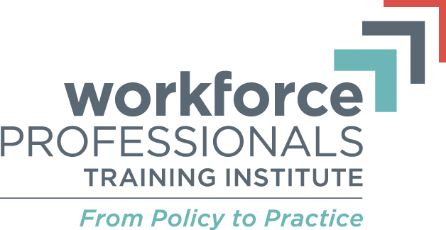The Field Building Hub is launching Monitoring the Minimum Wage, a brief series that will provide research and insights gleaned from economic research, local businesses, and community-based organizations concerning the increasing minimum wage in New York State and New York City. Hub Director, Stacy Woodruff, sat down with economist Dr. James Parrott, Hub Senior Fellow and the author of Monitoring the Minimum Wage, to discuss the context in which this work is taking place. Click here for Brief 1.
Stacy Woodruff (SW): Why is this topic so important for the workforce development community to understand?
Dr. James Parrott (JP): Better wages are critical for our core constituencies, and getting to $15 will be life-changing for some workers and their families. We need to closely monitor this unprecedented transition to see how employers are affected and how they respond. We’re anxious to spread the word about businesses that make it work, and understand what it takes to see that happen on a larger scale.
SW: Are there sectors from which you expect the most interesting or surprising adaptations to the increasing minimum wage?
JP: I expect there will be a lot of variation, particularly next year when we get closer to $15. We’re already seeing a range of reactions among restaurants, partly because there’s been so much growth in recent years and some experimentation with service charges in lieu of traditional tipping. I’m very curious to see if local businesses in low-income neighborhoods will see sales rise as their customers bring home bigger pay checks.
SW: Other localities have established minimum wage increase schedules similar to New York City’s, but NYC’s is one of the first in the country to hit $15 per hour and will impact far more people. What are the top three questions you, as an economist, want to explore in this uncharted territory?
JP: As an economist, I expect that moving toward a $15 minimum will lead businesses to adapt their operations. Question One is, at the end of the day, will we see organizational innovations that strengthen businesses? Question Two: will we see significantly more investment in worker skills to increase their productivity or ability to provide high quality customer service? Question Three: will greater use of technology have an adverse impact on any particular group(s) of workers, such as young adults?
SW: What else are you working on of import to the workforce development community?
JP: At the Center for New York City Affairs, I am continuing to work together with FPWA and the City of New York to help develop a career ladder system for nonprofit workers providing social services under City contract. The City is increasing funding in its contracts to enable nonprofits to raise wages for this essential workforce. We want to also expand advancement opportunities by helping these workers access needed education and skills training, and identify likely career pathways. This should not only reduce turnover but eventually help enhance the quality of social service delivery and help the City better serve vulnerable populations.


Leave a comment!